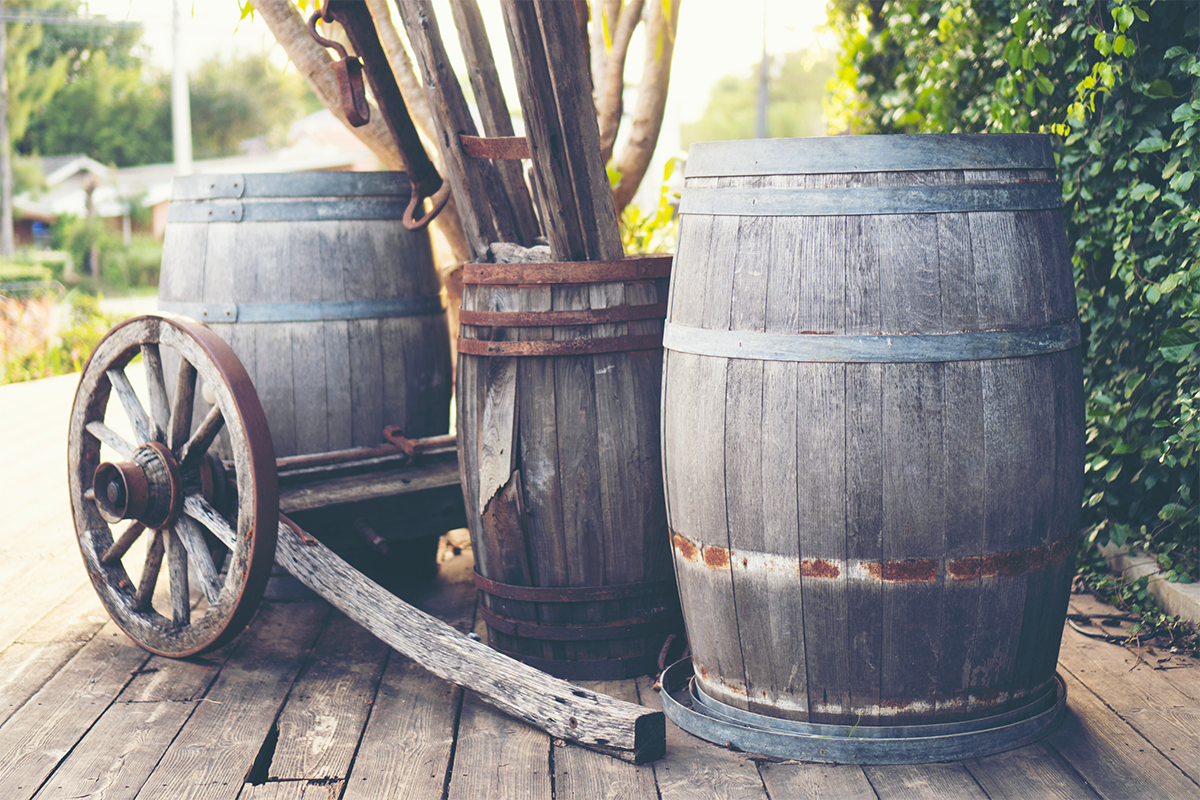Whether you call them crémant, blanquette, champagne or clairette, sparkling wines are the most popular for special occasions. Why is this? Because there is something magical about the bubbles in the glass. Moreover, the elaboration of these wines was so difficult that only a small elite could afford them. Thanks to the progress made in oenology, the second method of fermentation was discovered. It is now much improved and allows the creation of sparkling wines. The steps to follow are numerous and above all very delicate.
First, you have the vine
It may be obvious, but we thought it was important to remember that sparkling and still wines are made with the same grape varieties. It is true that white grapes are the most used, but we can also make white sparkling wine with black grapes. The designation used is « blanc de noir ».
The first fermentation
Before being a sparkling wine, the wine is first a still wine. Beforehand, it is necessary to proceed to a manual harvest of the grapes. Then, they are pressed. The recovered juice is kept in large tanks where it begins its first fermentation. During this fermentation, the yeasts act by transforming the sugar contained in the juice into alcohol. During this stage, carbon dioxide and various aromas are also produced. To finish this first fermentation, the wine must be clarified. This involves the removal of all deposits. The liquid is then left to rest for a few weeks.
The second fermentation
It usually begins in December. The second fermentation takes place after the wine has been bottled. First, the liqueur de tirage is added. This involves adding small amounts of sugar and yeast to each bottle. This substance also transforms the sugar into aroma. This is followed by the production of carbon dioxide which gets trapped in the bottle.
To go back in history, it is important to know that the second fermentation is a phenomenon that occurred in cooler regions. Only, at that time, the winemakers could not know what was going on. How did it happen? Because of the cool weather, the first fermentation was interrupted without the sugar having finished its mutation into alcohol. Once spring came, the fermentation resumed and the transformation became complete. By this time, however, the wine had already been bottled.
Care of the bottled wine
Once the wine has been bottled and the yeast added, it bubbles up inside. The bottles are stored on a slat and remain there for 15 months while the liquid expands. During this period, the yeasts die and settle at the bottom of the bottle. They are then called lees. Far from being useless, they give the wine its aromas.
However, they must be removed at the end. This is not done by stirring and disgorging. Previously, these operations were done manually. Nowadays, thanks to progress, wine producers are using various powerful machines to bring the lees to the neck. When this is done, the neck is plunged into a cold bath at a temperature of -30°C. It then forms an ice cube that holds the yeast captive. The bottle is then turned upside down and placed in its normal position. When the bottle is opened, the carbonic gas expels the ice cube outside. The winemaker takes this opportunity to add a liqueur d’expédition (a mixture of sugar and wine). Depending on the dosage of this liqueur, the final result will be a semi-dry, sweet or brut wine.
In the end, what types of sparkling wine do we get?
Now that you know everything about the production of sparkling wine, it is also good to note that there are several types. Indeed, not all sparkling wines are the same. There are sparkling wines, pearl wines and sparkling wines. They are differentiated according to their CO2 content as well as their sugar content.
Indeed, is called sparkling wine, any wine that contains between 2 and 4 grams of CO2 per liter of wine. Sparkling wine contains between 1 and 2 grams of CO2 per liter of wine. Sparkling wine contains at least 4.5 grams of CO2 per liter. It is therefore this wine that produces the most bubbles.
Sparkling wine is also classified according to its sugar content. For a sugar level between 0 and 3 grams per liter, you are dealing with natural brut wine. Extra brut wine has a sugar content of 0 to 6 grams per liter. Raw wine has a sugar content of 0 to 12 grams per liter. Extra dry wine has a sugar content of 12 to 17 grams per liter. Dry wine contains between 17 and 32 grams of sugar per liter. Semi-dry wine (32 to 50 grams) and sweet wine which has a minimum sugar content of 50 grams.
